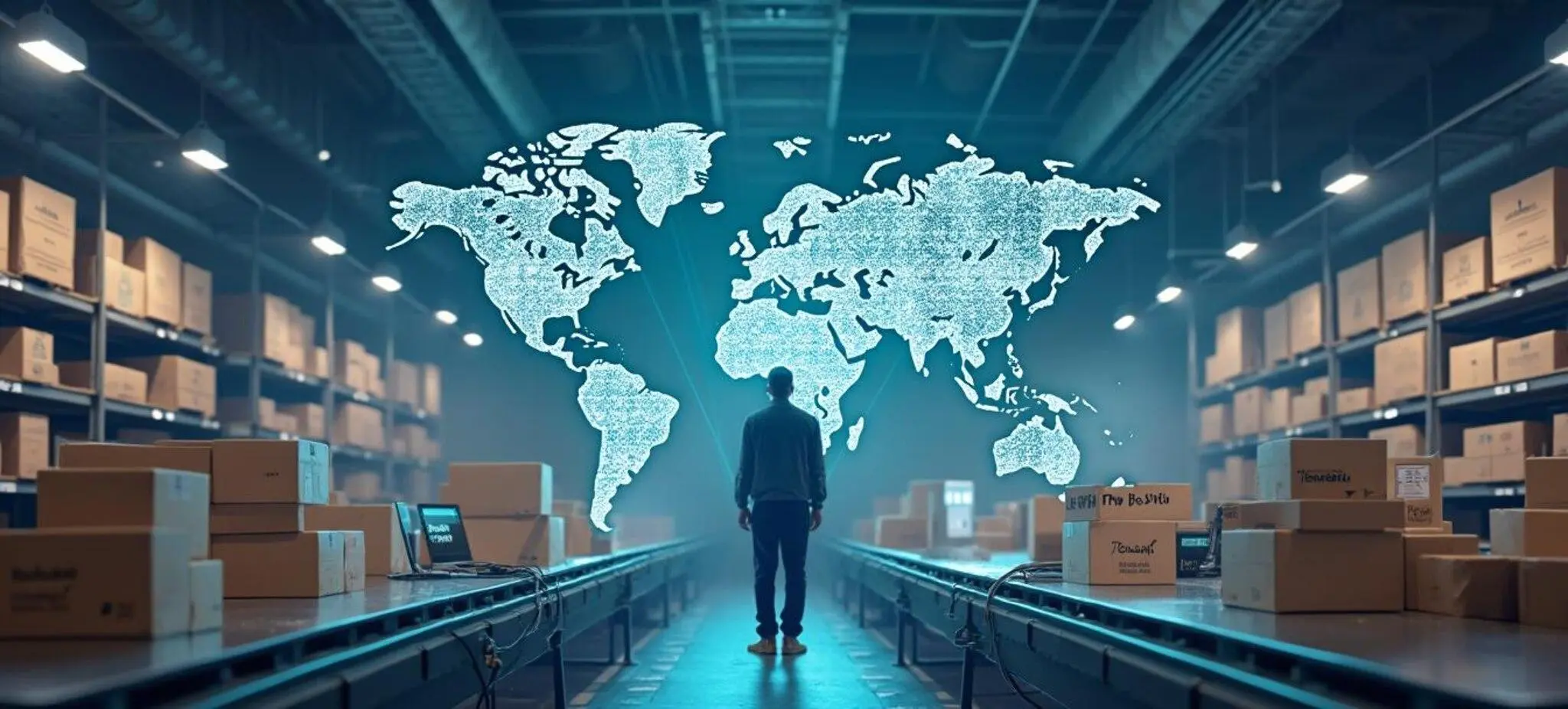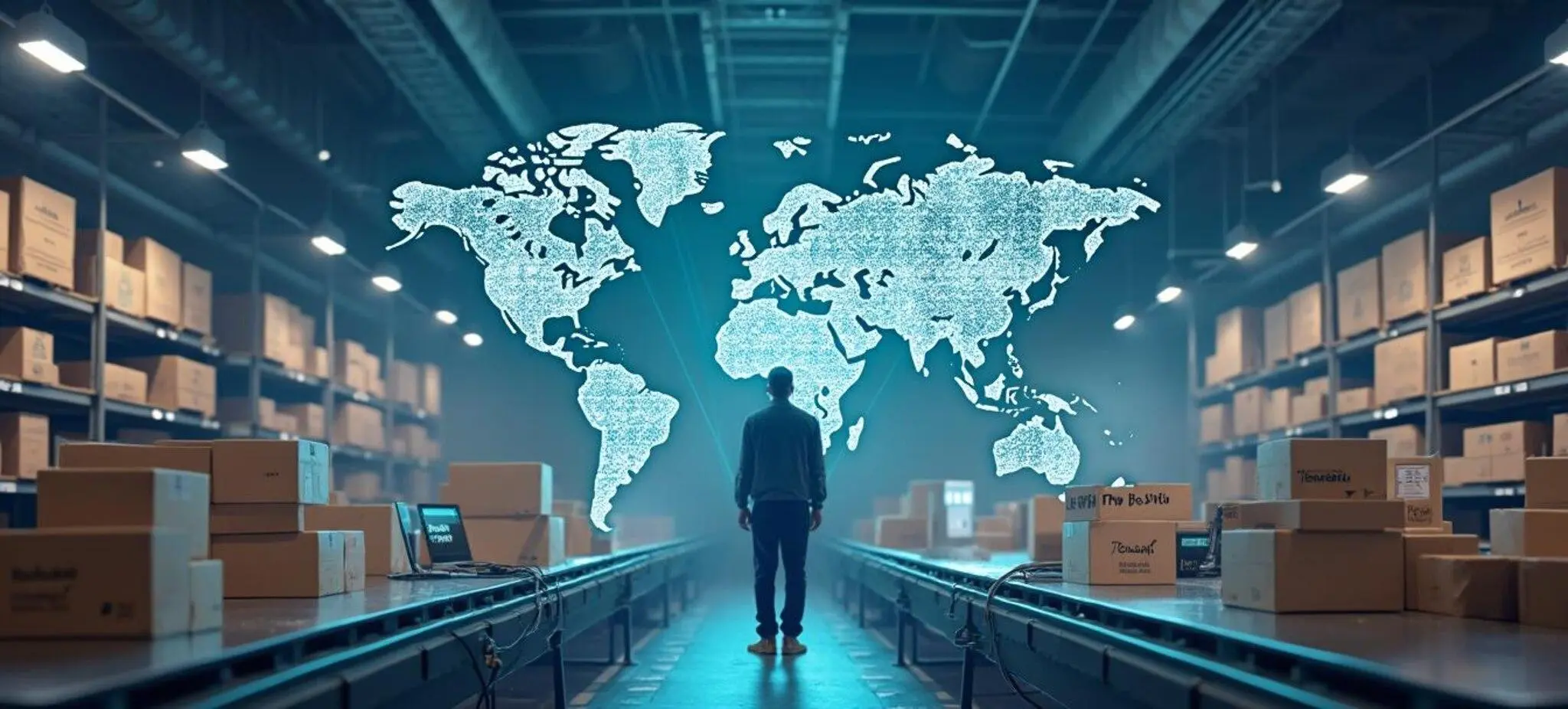Published: September 22, 2025 | Last updated: September 22, 2025
How to grow your international sales in e-commerce and successfully enter Central and Eastern European markets?
Cross-border e-commerce is no longer just a trend—it's a necessity. Foreign sales account for a steady 18–20% share of the Polish e-commerce market, and experts predict this will continue to rise in the coming year. Well-planned cross-border expansion is a real opportunity to boost profits, gain loyal customers, and diversify sales channels.
Problem: Entering foreign markets comes with many challenges: from logistics difficulties and legal-tax barriers to a lack of knowledge about local consumer habits. Neglecting these aspects can result in costly mistakes and discourage customers early in the purchasing journey.
Solution and benefits: In this comprehensive guide, we will walk you through how to successfully run cross-border e-commerce. We’ll show you the best markets for expansion, identify barriers, and offer advice on how to overcome them. You’ll learn how to optimize logistics with 3PL providers, why content localization matters, and how to adapt to the specifics of Central and Eastern European markets. All of this backed by real examples and the latest 2025 data.
Table of contents
- What is cross-border e-commerce?
- Why foreign sales are the main trend for 2025/2026?
- Where to sell? Top destinations for Polish e-stores
- How to optimize logistics and returns in the cross-border model?
- Localizing content, payments, and delivery – pillars of cross-border success
- Market entry strategies – key mistakes and best practices
- Most common expansion barriers and how to overcome them
- Smooth payment handling? Check out solutions from Przelewy24
- Frequently Asked Questions (FAQ)
- Cross-border e-commerce: key facts at a glance
- Foreign sales account for 18.5–20% of the Polish e-commerce market and continue to grow.
- Top expansion markets: Lithuania, Romania, Czech Republic – fast growth and low competition.
- Biggest challenges: logistics, regulations, content localization, and lack of local marketing.
- Successful expansion requires local payment methods and flexible logistics (e.g. 3PL providers).
What is cross-border e-commerce?
Cross-border e-commerce is the online sale of goods or services to customers located outside the seller's country of operation. For Polish companies, this can mean selling to Germany, the Czech Republic, Romania, or even farther countries like France or Italy.
It is currently the most dynamically growing segment of e-commerce, particularly in Central and Eastern Europe, where consumers are shopping abroad more frequently and local markets are becoming increasingly saturated.
Why foreign sales are the main trend for 2025/2026?
According to July 2025 data, 18.5% of total online sales were generated by foreign customers. This level has remained stable over time—similar figures were seen in January 2025 (20%).
The dynamic growth of cross-border sales in January 2025, reaching 28.9% YoY, demonstrates the sector’s enormous potential. For comparison, domestic e-commerce growth was much lower—only 6% YoY.
2026 Forecast: What's ahead?
- According to CBRE, by 2026 e-commerce will account for 23% of all retail sales in Poland.
- This growth will be primarily driven by cross-border expansion.
- The percentage of Poles shopping abroad rose from 15% in 2024 to 39% in 2025.
All of this clearly shows: for many e-commerce businesses, cross-border sales are no longer optional—they’re essential.
Where to sell? Top destinations for Polish e-stores
Choosing target markets is one of the most important decisions when planning expansion. Key factors to consider include:
- e-commerce growth potential,
- customer acquisition costs,
- logistical specifics (distance, infrastructure),
- competition (presence of marketplaces and giants like Amazon).
Fastest-growing destinations (2024/2025):
| Country | Transaction growth |
|---|---|
| Lithuania | +122.75% |
| Romania | +93.23% |
| Czech Republic | +92.66% |
Other popular markets:
- Germany – largest sales share (29%) despite economic slowdown,
- Hungary, France – interesting alternatives for more advanced players.
The key to success? Talk to local partners, run soft-launch tests, and analyze your customers carefully.
How to optimize logistics and returns in the cross-border model?
E-commerce logistics is the foundation of successful international sales. Operational costs, delivery times, and return processes directly impact customer experience.
Two logistics models:
- Own warehouse – full control, but high costs (e.g. PLN 18–24k/month).
- Outsourcing to a 3PL provider – flexibility, lower risk, access to modern systems (e.g. order picking from PLN 1.50/package).
For most SMEs – the 3PL model is the best choice to start with.
Smooth payment processing? Check out payment solutions from Przelewy24
Returns – don’t forget cost and customer convenience:
- EU return rate ~11% (fashion – 30–40%).
- Return from the Czech Republic to a Polish warehouse = approx. PLN 9, instead of PLN 30–40 for international shipping.
Localizing content, payments, and delivery – pillars of cross-border success
Translating your website is just the beginning. What else do you need to ensure customers from other countries actually make a purchase?
Content localization means:
- language (with native copywriting),
- local currencies and conversions,
- culturally tailored visuals and CTAs (e.g. preference for email vs. phone).
Local payment methods – key to conversion:
- Poland – BLIK, Przelewy24, fast transfer, cards
- Germany – PayPal, SEPA, Sofort
- Czech Republic – cards, local alternatives to BLIK
Local delivery methods:
- Parcel lockers – a must-have in Poland and the Baltics,
- Local couriers (DPD, Zásilkovna, etc.),
- Local return address – much lower costs and greater customer trust.
Market entry strategies – key mistakes and best practices
What to do:
- Start with small tests (beta launch).
- Choose culturally and linguistically similar markets.
- Invest in local marketing and SEO – don’t just copy a one-size-fits-all strategy.
Avoid:
- Skipping content localization or leaving the cart untranslated.
- Overlooking local payment or delivery preferences.
- Entering Amazon.de without understanding the costs or requirements.
Most common expansion barriers and how to overcome them
According to a GS1 Poland study, the biggest challenges in cross-border e-commerce are:
| Barriers | % of responses |
|---|---|
| Logistics | 23% |
| Legal regulations | 20.8% |
| Custom clearance | 19.4% |
| Lack of marketing knowledge | 15% |
| Language/cultural differences | 14.6% |
How to deal with them?
- Partner with a logistics provider familiar with local laws.
- Hire an agency or consultant specializing in e-commerce expansion.
- Adjust your sales model – e.g. marketplace vs. your own store depending on the market.
Cross-border e-commerce – Frequently Asked Questions (FAQ)
1. How much does it cost to enter a foreign market?
Costs depend on your strategy: from a few hundred PLN (soft-launch on a marketplace) to several thousand with full localization and marketing for your own store.
2. Can I handle cross-border sales on my own?
Yes, but it requires know-how in law, logistics, marketing, and local SEO. That’s why it's a good idea to work with an experienced partner at the beginning.
3. Is it worth using a 3PL provider?
Yes – for SME e-shops it’s the most efficient way to enter foreign markets without investing in a local warehouse.
Cross-border e-commerce: key facts at a glance
Polish online sellers already generate up to 20% of their revenue from international sales. Central and Eastern European markets are great entry points thanks to low competition and high transaction growth. Success relies on well-planned logistics, content and payment localization, and understanding local consumer habits. Don’t be afraid to scale – the market is ready.
Sources
- Base Index (2025)
- CBRE – E-commerce in CEE, 2025
- GS1 Poland – Cross-border E-commerce Report
- PromoTraffic Cross-Border Report (2025)
- Trade.gov.pl: Polish e-commerce in 2025



